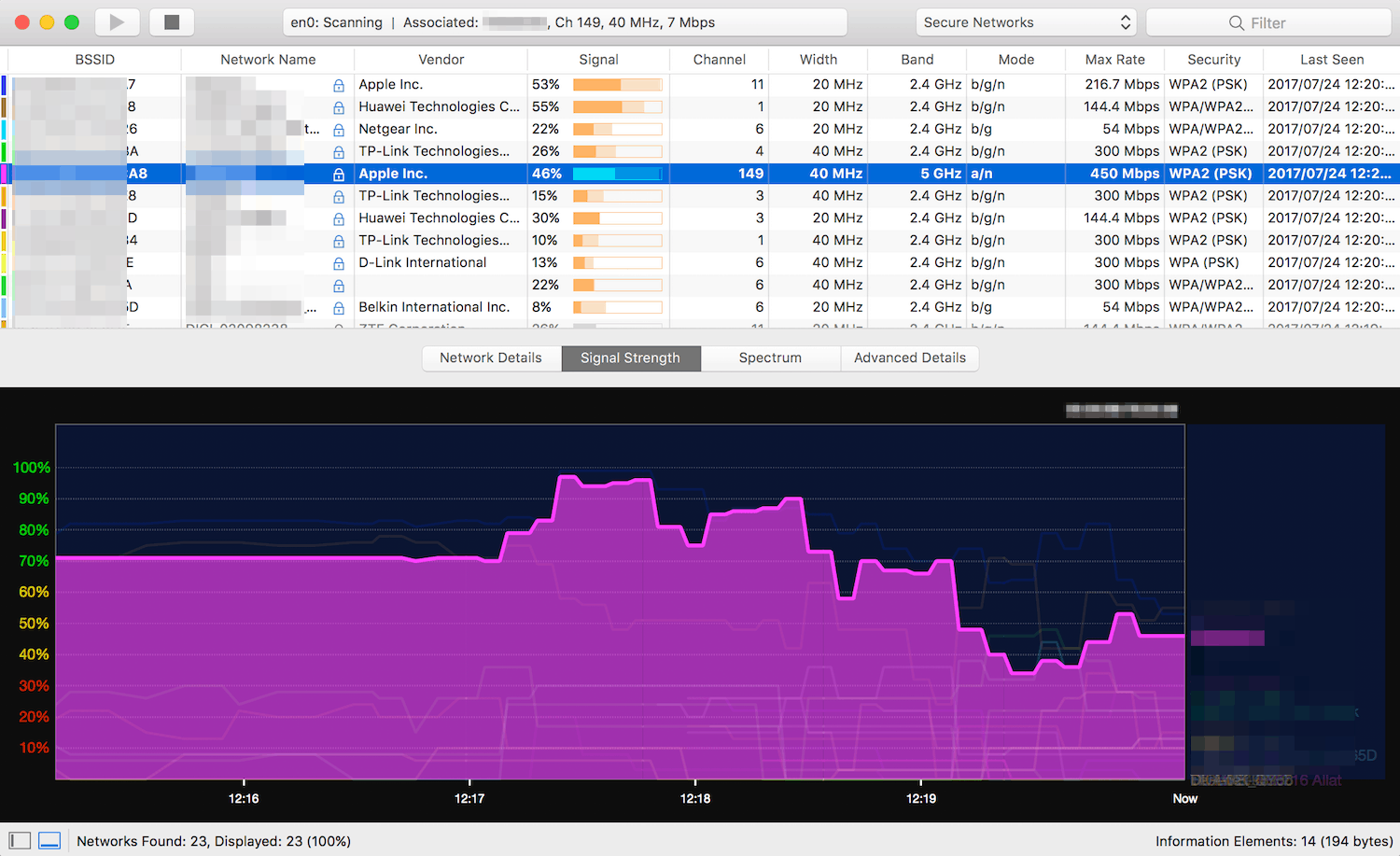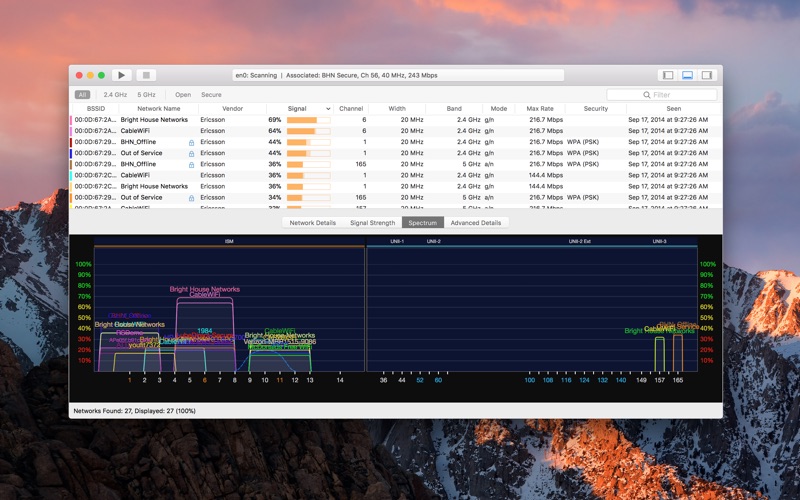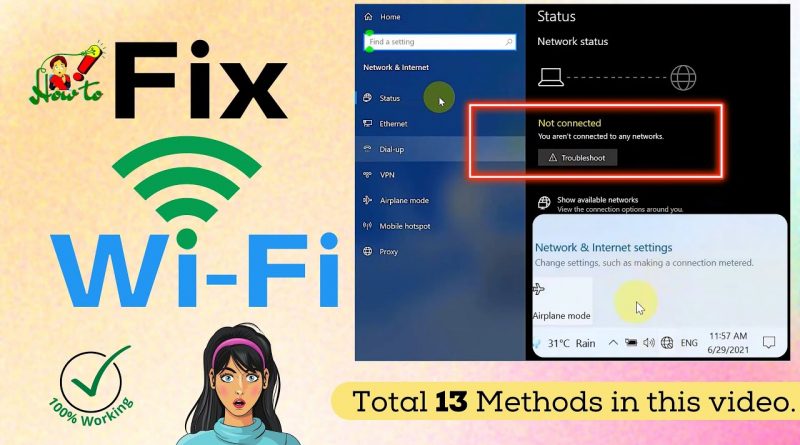

- #Wifi explorer not showing all networks how to
- #Wifi explorer not showing all networks install
- #Wifi explorer not showing all networks manual
The SSC GUI also helps to minimize the possibility of end user errors with manual entries.

Also, the 802.1X wireless configurations are validated and tested prior to deployment mis-configured 802.1X settings are unlikely. Users cannot edit the deployed configuration profiles. SSC is designed to eliminate the chances of an end user corrupting the 802.1X configurations that have been deployed by an administrator. Co-Existence with Other Wireless Client Managers.Using the Cisco SSC Simplified User Interface.This chapter provides troubleshooting suggestions for typical user problems and contains these sections: Using the Cisco SSC Simplified User InterfaceĮxample 1 - Unable to Connect to the Home Access PointĮxample 2 - Unable to Connect to the Enterprise NetworkĬo-Existence with Other Wireless Client ManagersĬreating the Cisco Support Report for SSC It will then immediately display the passwords for all the wireless networks your computer has connected to, not just those that are currently connected.Troubleshooting End User Wireless Networks
#Wifi explorer not showing all networks install
The amazing thing about this app is that it not only displays the password of the wireless network you are connecting to, but also the passwords of all the wireless networks you are connected to.Īll you have to do is download and install the iSumsoft Wi-Fi Password Refixer and run it. The easiest way to find your PC's Wi-Fi password is to use a simple applet called iSumsoft Wi-Fi Password Refixer. Option 4: Find Wi-Fi Password Using Wi-Fi Password Recovery Tool This will give you the information you are looking for. You can read these details and configurations, or jump directly to the security settings and look for a field called Key Content. This command will display a lot of detailed information about the Wi-Fi network. Netsh wlan show profile PROFILE_NAME key = clear Replace PROFILE_NAME with the name you noted in the previous step. Step 3: Use the following command to view the password. Make a note of the name of the profile for which you want to save the password. This will display a list of all known Wi-Fi networks. Step 2: In the CMD window and enter the following command: Step 1: Go the Search box, type in CMD, then select Command Prompt to open it. This method involves using some simple CMD commands to display the password.

You can use this method if you have previously connected to a Wi-Fi network but are not currently connected. Option 3: Find Wi-Fi Password Using Command Prompt Here's an example of how the Wireless section looks like on an ASUS router: Once you find it, you have also found your wireless network's password. Once you have got to your wireless router's configuration web page, look for a section called Wireless, Wireless settings, Wireless security or anything similar. Or you can reset your router to its factory settings what if you forgot your router's admin password. If you have ever changed the login credential of your router, you can view the credential manager of the website.If you do not know the the router's default IP address or default username and password, you should find them in the router's manual or printed on the bottom of the router.Step 2: Use admin for both username and password to log in, assuming you haven’t changed the default username and password already. Step 1: Open a web browser and type the router IP address in the address field, then hit Enter. Option 2: Find Wi-Fi Password in Router's Admin Page Now that you have remembered it, you can share it with anyone you want. Here you have it, this is the password your computer uses to connect to the Wi-Fi network. Your Wi-Fi network password is displayed in the Network security key box. Step 4: In Wireless Network Properties, select the Security tab, then select the Show characters checkbox. Step 3: In Wi-Fi Status, select Wireless Properties. Step 2: In Network and Sharing Center, next to Connections, select your Wi-Fi network name. Step 1: Open the Settings app, select Network & Internet > Status > Network and Sharing Center. This is a basic way to view the saved password of the currently connected Wi-Fi network. Find Wi-Fi Password in Wireless Network Properties Option 4: Find your Wi-Fi password with a simple clickġ.Option 3: Find your Wi-Fi password via Command Prompt.Option 2: Find your Wi-Fi Password in router's admin page.Option 1: Find your Wi-Fi password in Wireless Network Properties.
#Wifi explorer not showing all networks how to
4 Ways to Find Saved Wi-Fi Password on Windows 10 PC/Laptop/TabletĬan't remember your Wi-Fi network password? Don't know how to check the Wi-Fi password of the currently connected network? In fact, there are several ways to find a saved Wi-Fi password on a Windows 10 computer.


 0 kommentar(er)
0 kommentar(er)
